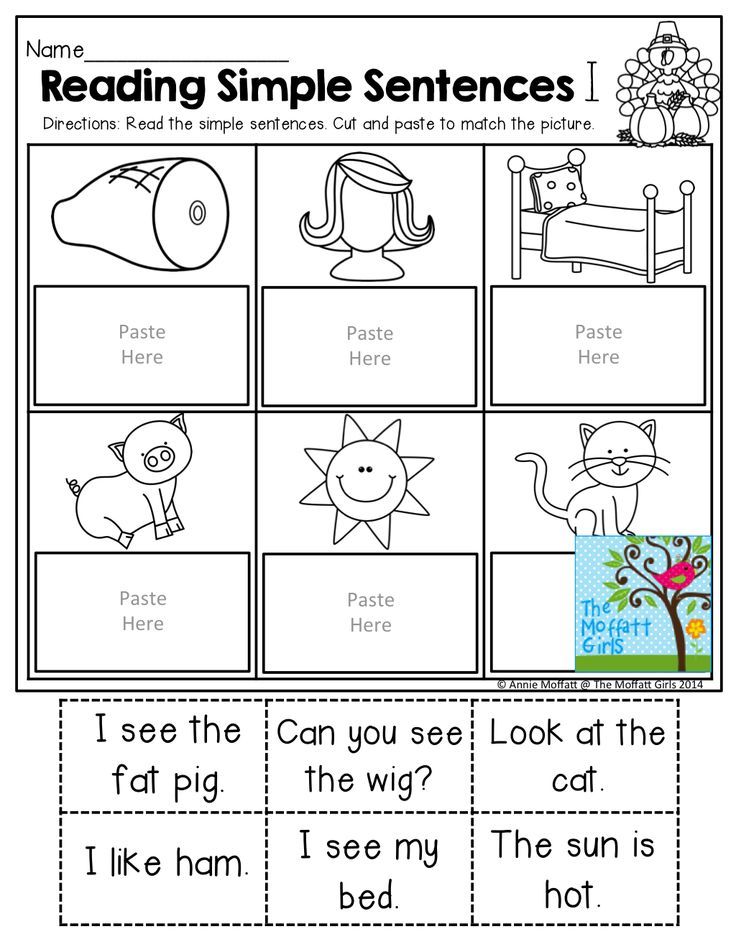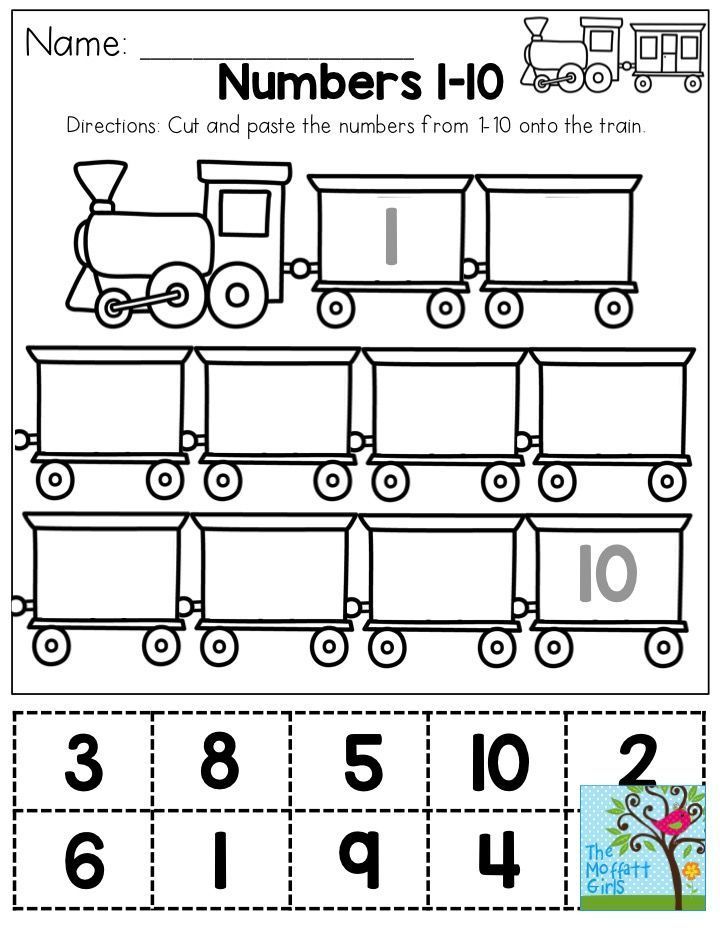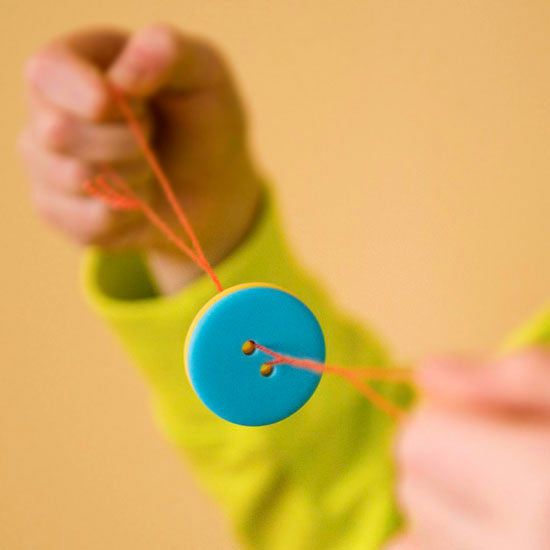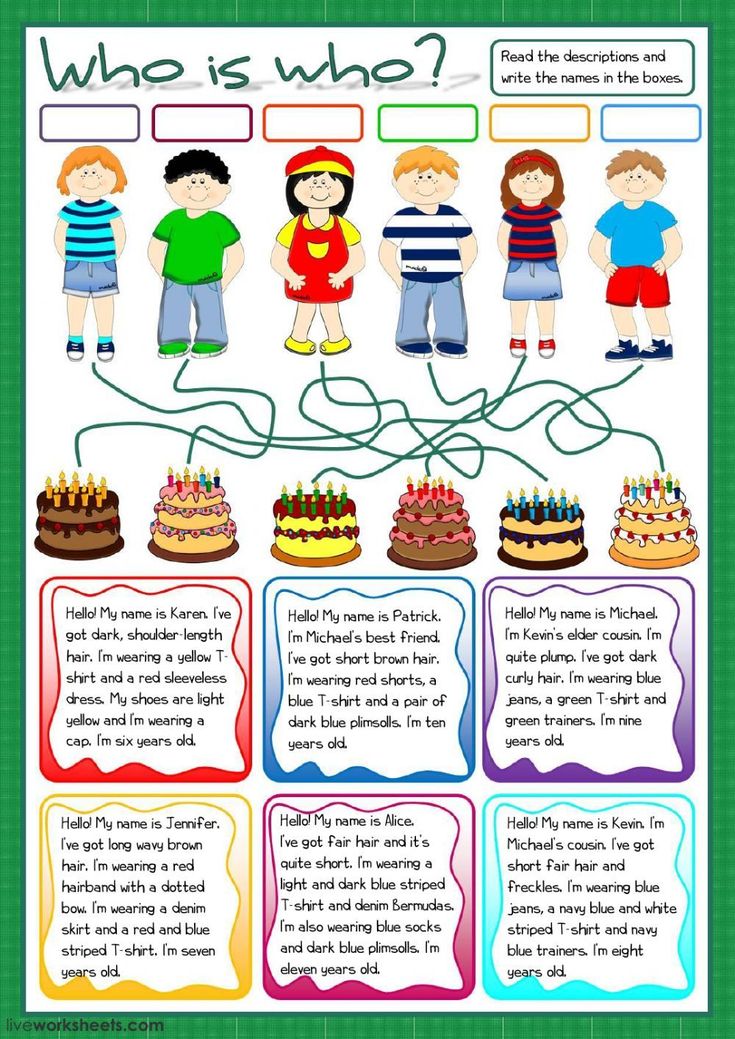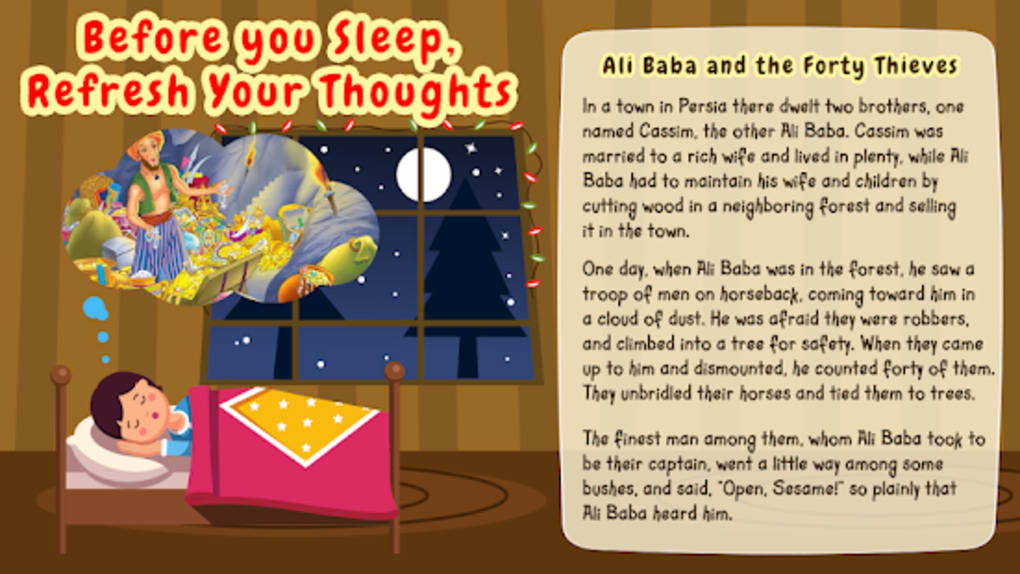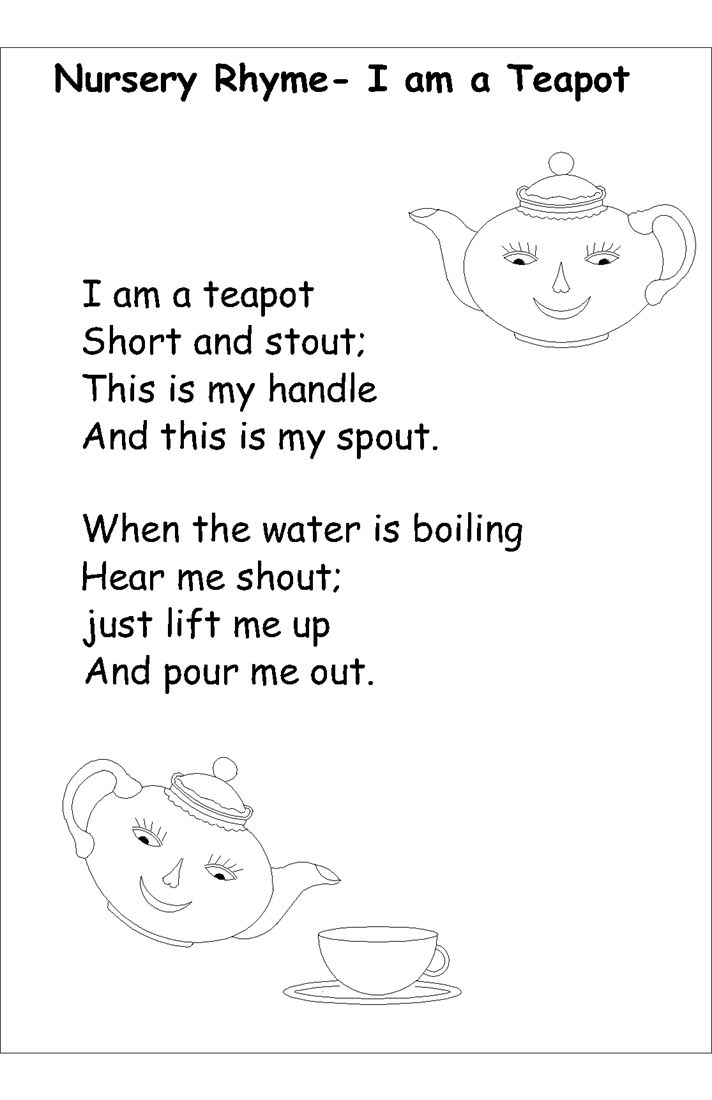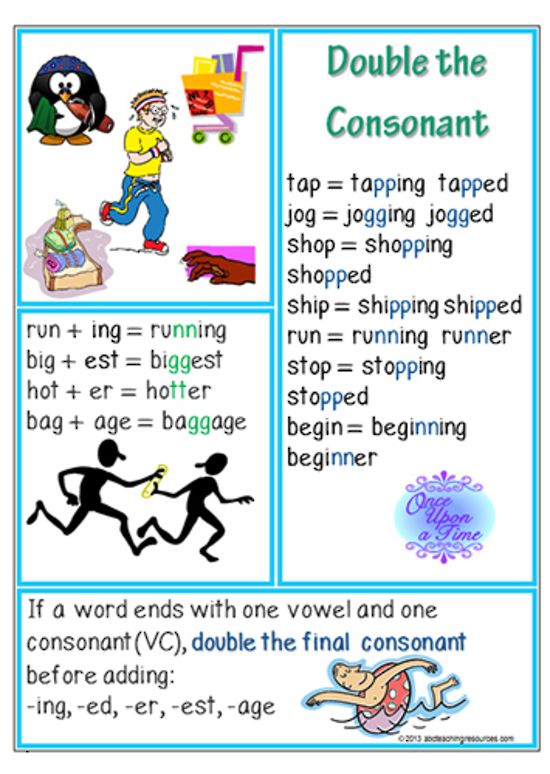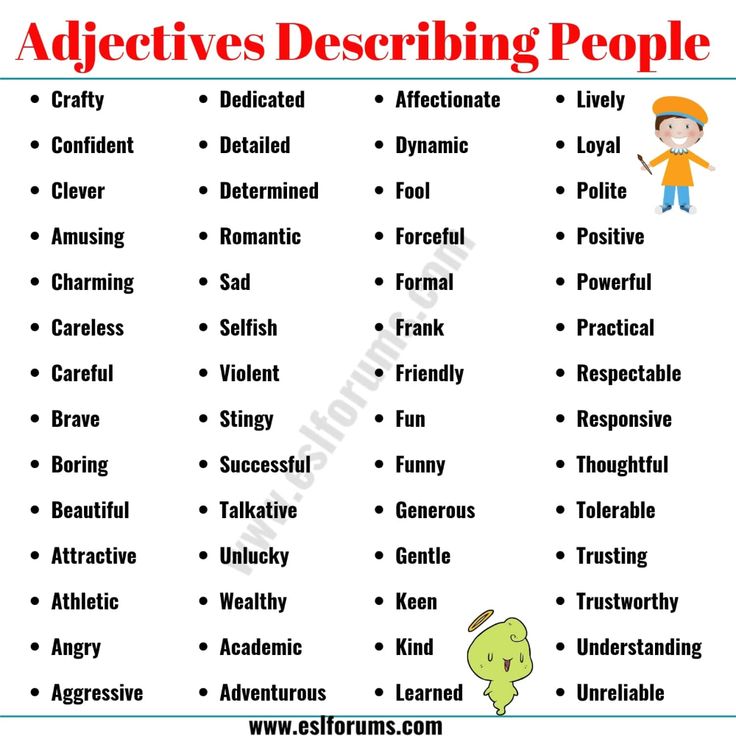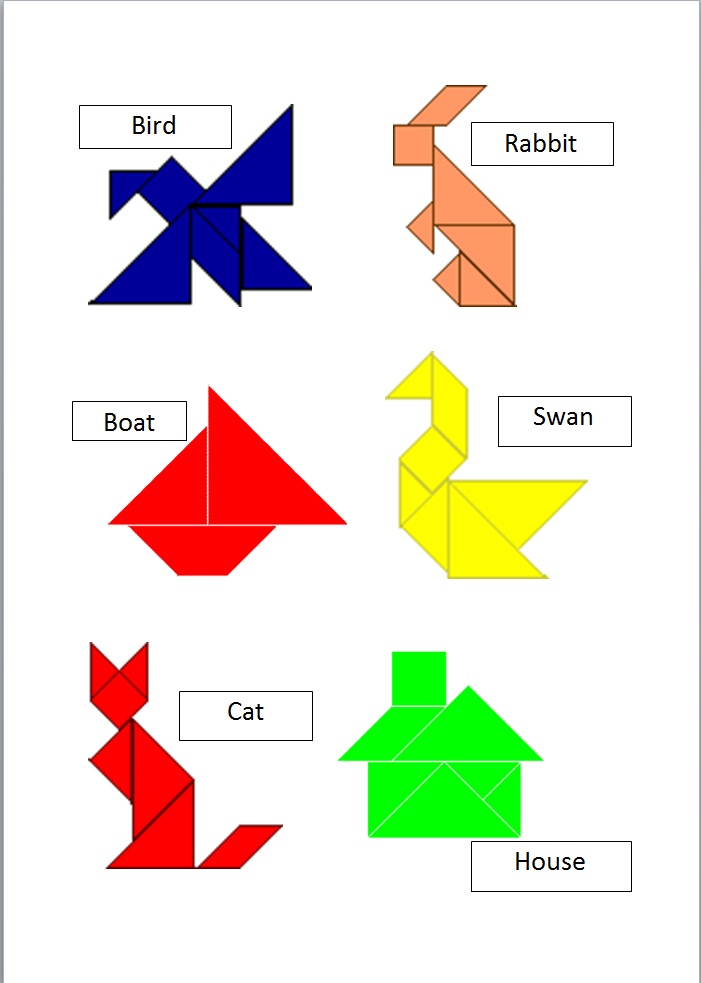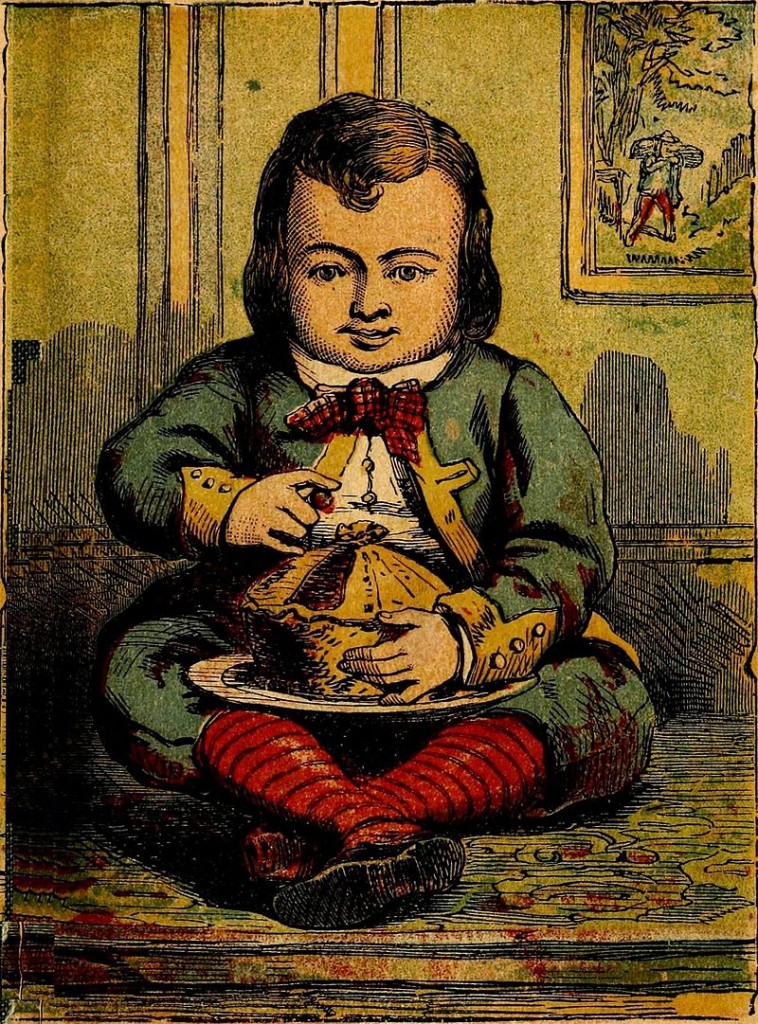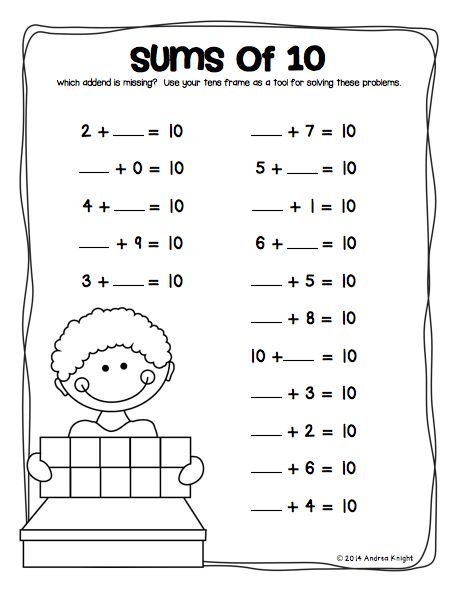Simple sentences for kindergarteners
The Best Simple Sentences for Kindergarten
There are so many fulfilling perks to teaching kindergarten, but near the top of the list is teaching students how to read. I think one of the best parts of literacy instruction is seeing the excitement in my students’ eyes when they start reading sentences! Once students are ready to take that step, it’s just a matter of keeping up that momentum and excitement with additional practice. In this post, I’m sharing some of my favorite ways to use simple sentences for kindergarten reading instruction.
Are My Students Ready for Reading Sentences?
Before we can expect young learners to read even simple sentences, it’s important to make sure they have the right foundation. The road to reading sentences includes important milestones such as:
- Identifying letters by name
- Identifying the sounds that letters make
- Blending sounds together to read words
- Reading words fluently in isolation, including sight words
Plus, between each milestone is a variety of phonemic and phonological awareness skills that need to be mastered in order to build a solid foundation for reading.
Once this foundation is in place, students are ready to begin reading words within sentences. Keep reading if you’d like to sneak a peek at the simple sentences that I use with kindergarten students when they’re ready to take this exciting step!
Simple Sentences for Kindergarten
There are many ways to practice reading sentences in kindergarten. Below are some of my favorite ways to incorporate simple sentences into literacy instruction. I love that these activities are perfect for literacy centers, morning work, small group intervention, or even homework! These activities also grow with students, so that they can read more challenging sentences as they learn more phonics patterns and master additional high frequency words.
Sight Word Fluency Sentences
When students first start reading words within sentences, it’s helpful to start with predictable text. I find that sight word fluency sentences are perfect for this!
These simple sentences often arrange the sight words in a predictable pattern, such as “I see a cat.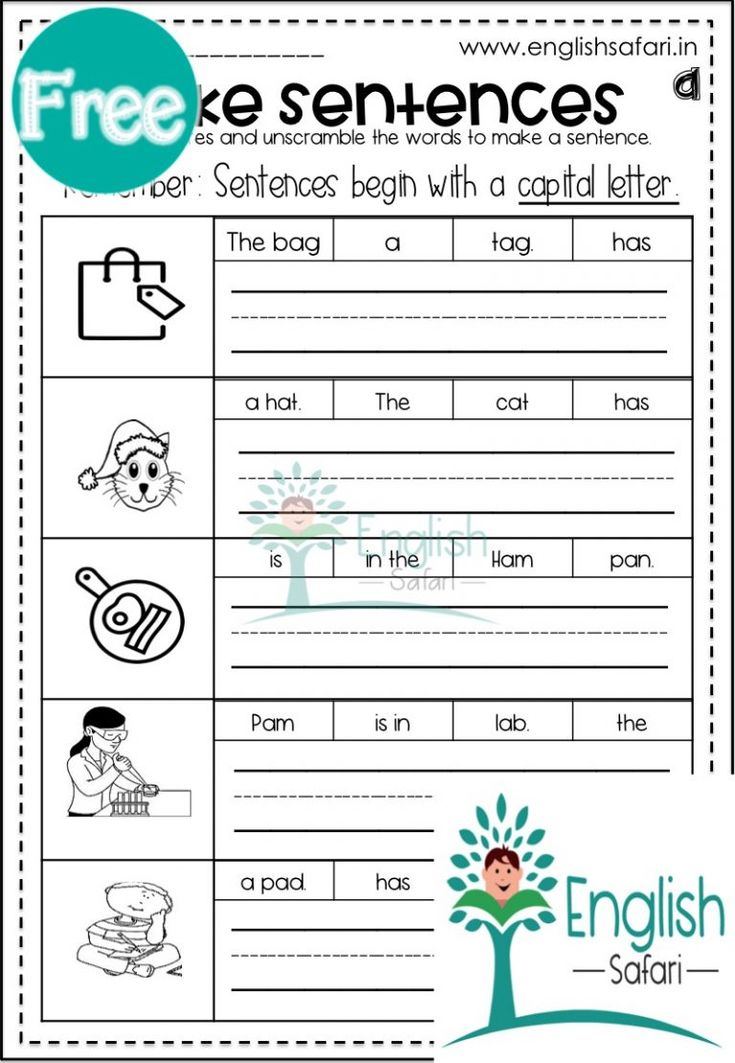 ” and “I see a pig.” This means that students can practice decoding words within sentences while building their sight word fluency. It’s a win-win!
” and “I see a pig.” This means that students can practice decoding words within sentences while building their sight word fluency. It’s a win-win!
Read and Reveal Sentences
Hands-on activities will help students stay engaged in reading practice. Read and reveal cards are always a hit with students! This activity has students read simple sentences on a card, then unclip the flap to reveal a picture that corresponds to the sentence. Students will use their comprehension skills to decide if the sentence they read makes sense with the picture they just uncovered.
Since this adds an element of self-correction to the activity, read and reveal cards are perfect for literacy centers, morning work, or even a fast finisher activity. The fine motor practice from using clips for this activity is an added bonus!
Sentence Scramble Activities
As students grow more comfortable with reading sentences, they will start to get a feel for the natural rhythm of language and word order.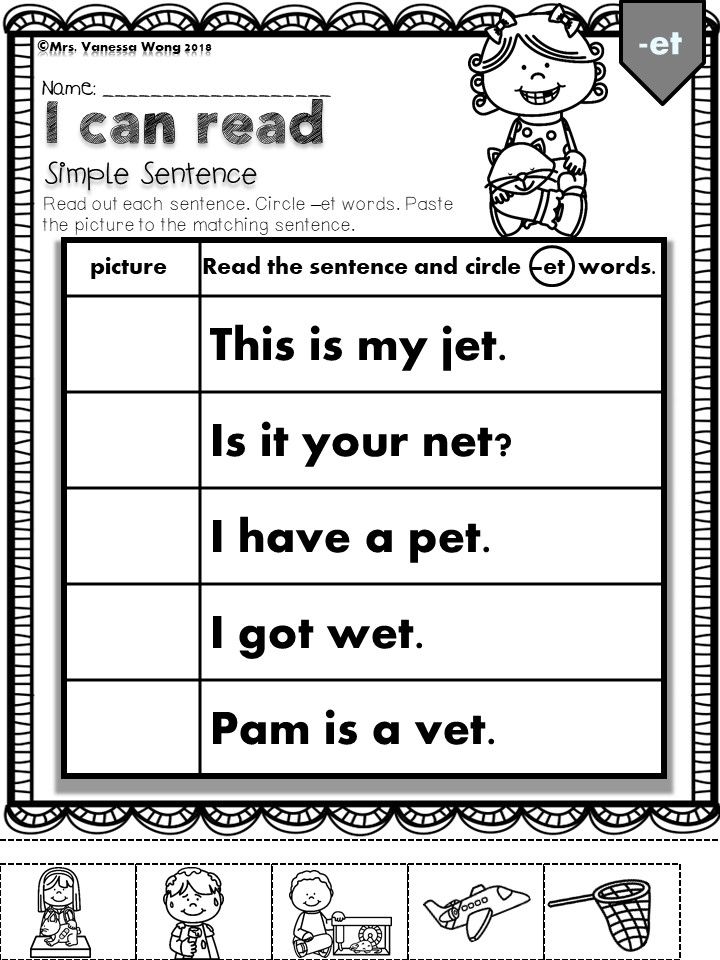 This, in turn, will help improve reading fluency. One of my favorite ways to help students understand and practice word order is with sentence scramble activities. After putting a sentence in the correct order, they can practice reading it fluently.
This, in turn, will help improve reading fluency. One of my favorite ways to help students understand and practice word order is with sentence scramble activities. After putting a sentence in the correct order, they can practice reading it fluently.
You can add some cutting practice by having the students cut out the scrambled words themselves. Plus, having the word strips available to move around helps students in the task of unscrambling each sentence.
Sentence Dictation
Writing activities are another way that I incorporate simple sentences into literacy instruction. When students write sentences, they are able to practice their phonics skills in a different, yet still very important, way. Sentence dictation is a great activity that incorporates many kindergarten skills!
After listening to a simple sentence, students will use their phonics skills to write each word in the sentence. Then they will use their fine motor skills to form the letters and words in the sentence.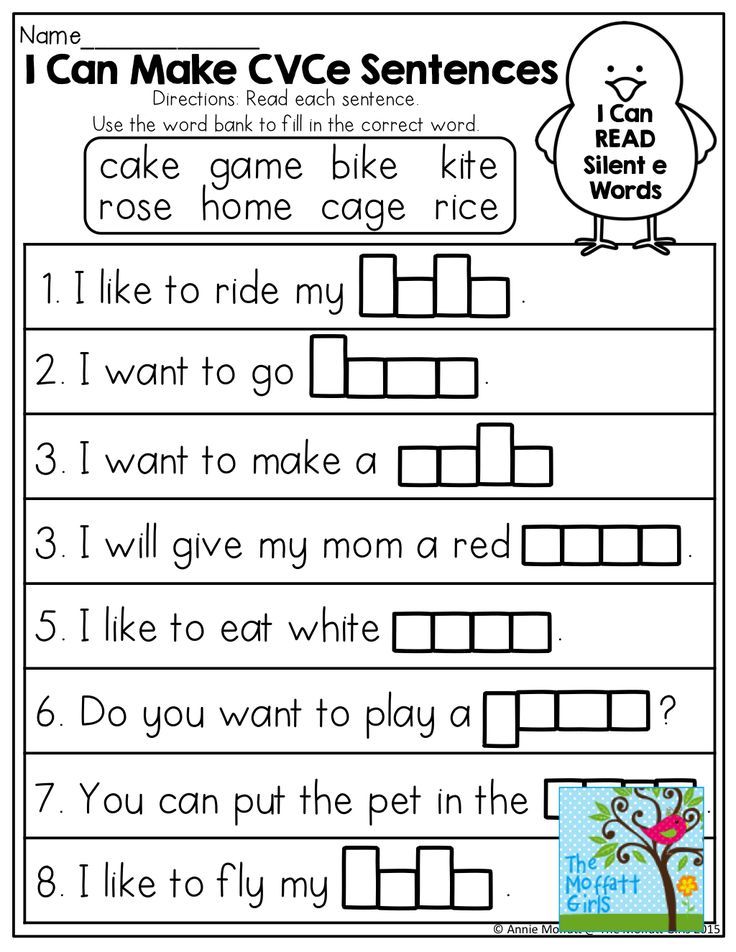 Finally, students will practice reading what they wrote as they decide if their written sentence matches what the teacher said. Sentence dictation doesn’t have to take a lot of time! If you have whiteboards and markers out for a different activity, do a quick sentence dictation before having the students put things away.
Finally, students will practice reading what they wrote as they decide if their written sentence matches what the teacher said. Sentence dictation doesn’t have to take a lot of time! If you have whiteboards and markers out for a different activity, do a quick sentence dictation before having the students put things away.
Sight Word Sentence Strips
This is another activity that incorporates writing as students practice reading sentences. Students can use these sight word sentence strips to practice decoding sentences fluently as they practice writing them as well.
Once these strips are laminated for durability, students can use dry erase marker to practice letter formation as they copy each sentence. This is another activity that students can work on independently during literacy centers or morning work time.
Since these sight word sentences are prepped and on binder rings, you can also take them on the go for even more practice! Use them as “password” flashcards: Have each student read a sentence from the bundle before entering the cafeteria, going outside for recess, or leaving for the day.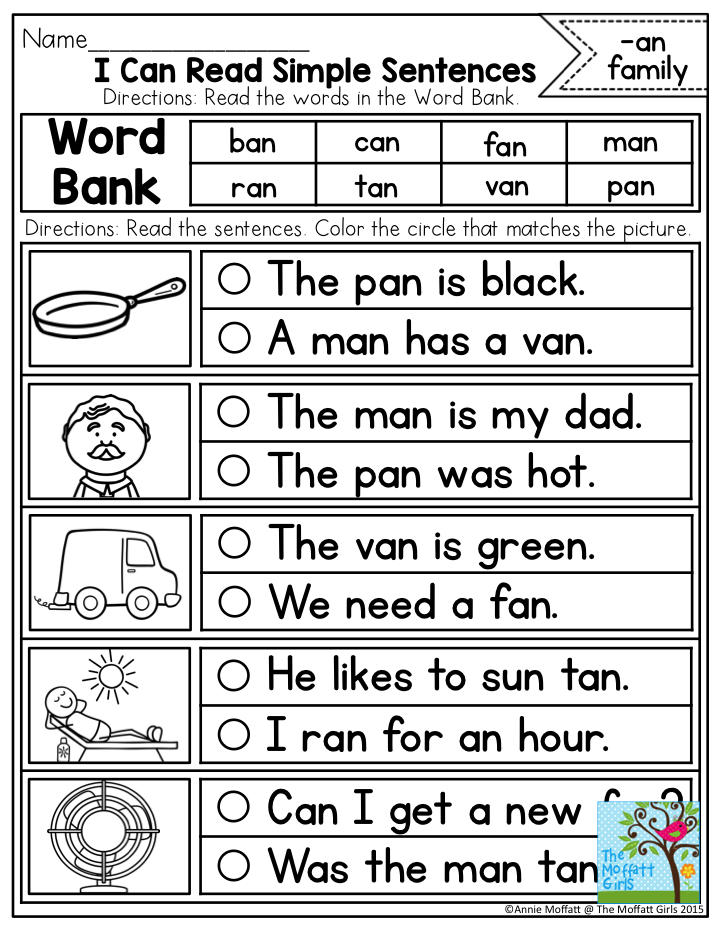
Kindergarten Reading Fluency Passages
Young learners get so excited when they can start reading passages with multiple sentences! This is why I love to use kindergarten reading fluency passages. Students are able to review phonics patterns and high frequency words as they improve their reading fluency and comprehension skills.
After students have had time to practice each passage in the classroom, I encourage them to take it home and read it to friends and family. They are always so excited to show off their reading skills!
Keep scrolling for information about a free reading fluency download that you can use in your classroom.
Free Reading Practice for Kindergarten
Would you like to try these reading fluency passages with simple sentences? You can grab this free collection of nine passages to share with your students. This free download focuses on short vowels, long vowels, blends, and digraphs. Each passage also includes common sight words to help build reading fluency.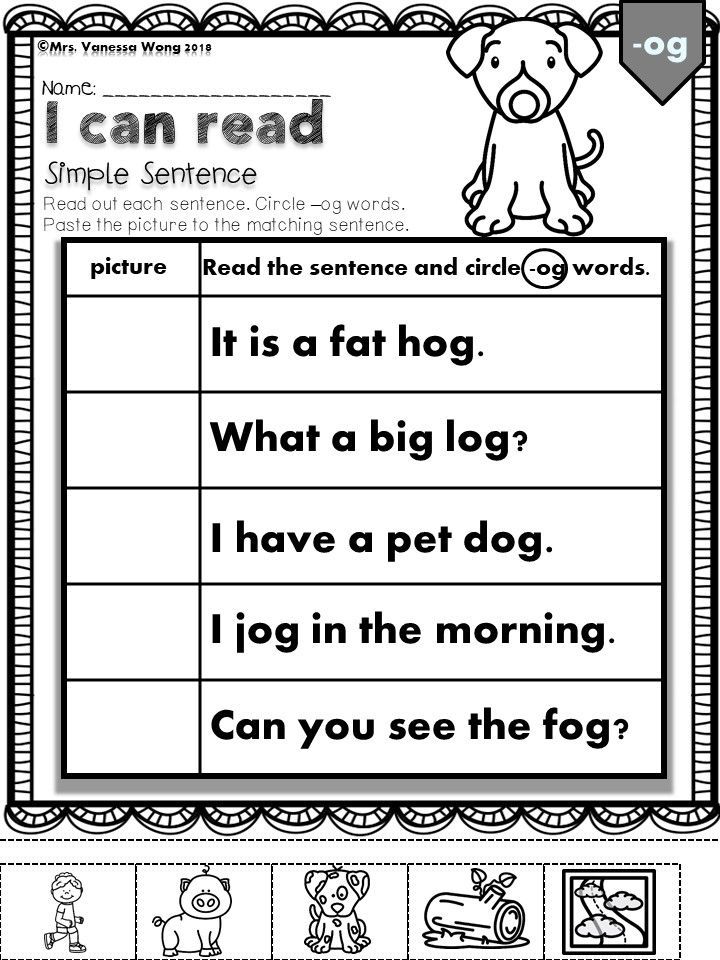 Just fill out the form below and it will be delivered straight to your inbox!
Just fill out the form below and it will be delivered straight to your inbox!
Free Reading Fluency
Help your students make the leap from sounding out words to reading with fluency! These fluency passages are designed to give kids successful reading practice to help students become strong readers!
First Name Your email addressSave These Kindergarten Sentences
Be sure to save this pin to your favorite phonics board on Pinterest! You’ll be able to come back to these simple sentences for kindergarten when your little readers are eager to give them a try.
How To Make The Most Of Simple Sentences For Kids
When a child finally learns how to construct their own simple sentences, for kids (and parents!), it’s a really special moment.
Word combinations such as “knee sore” turn into, “Mommy, my knee is sore.” Or “now juice” develops into, “Can I have some juice?”
There’s no denying the importance of sentences — they help us better express our thoughts and feelings.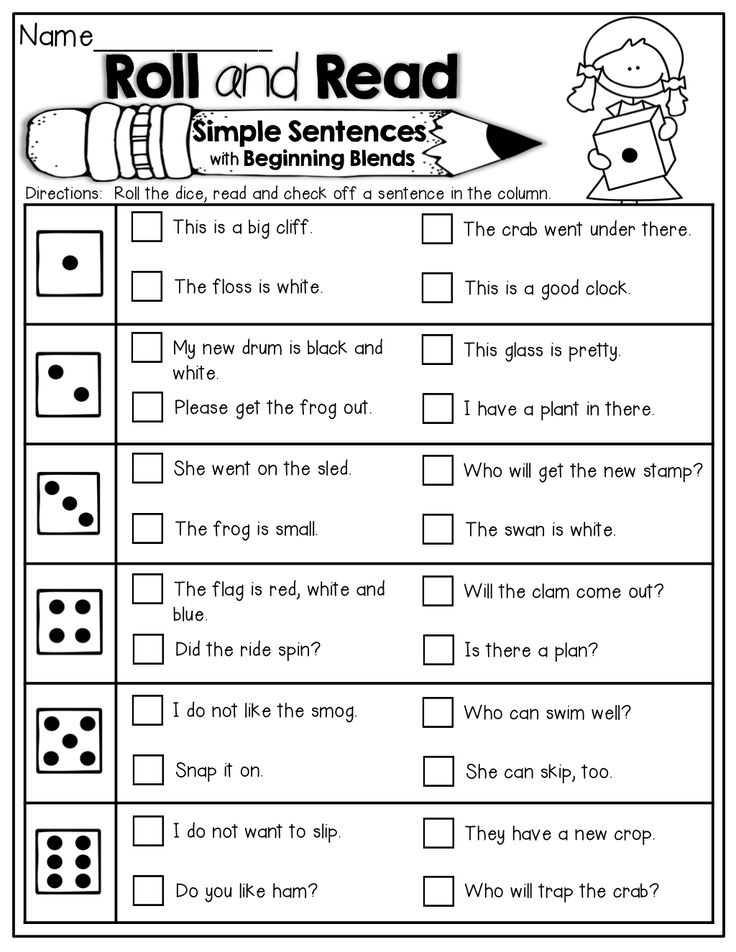 So the only question now is: How can you help your child start constructing their own sentences so that they, too, can communicate better?
So the only question now is: How can you help your child start constructing their own sentences so that they, too, can communicate better?
Two words: simple sentences.
When Do Kids Start Forming Sentences?
Children start forming sentences once they know a few words. But language development is quite a journey!
Somewhere between 18 and 24 months, a toddler will begin constructing two-word “sentences,” like “want milk” or “no sleep.” At this stage, they are linking two or more words together to express an idea. This is the first step and a big milestone.
By four years old (sometimes earlier), most children are speaking in complete sentences. But that doesn’t mean they’ve reached the end of their sentence journey.
While your child may be speaking in complete sentences, finding playful ways to expose four and five year olds to sophisticated aspects of sentences while being kid appropriate is beneficial. This will help them continue developing their language skills.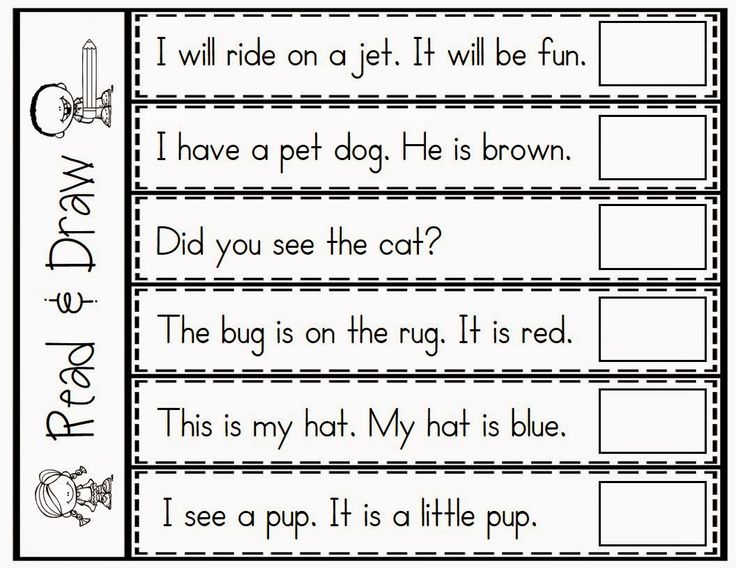
One of the best ways to do so is to encourage children to speak in complex sentences to express their ideas. How? This can be achieved by simply resisting the temptation to simplify our own speech.
Remember that children are learning sponges! They will naturally pick up on the language habits you expose them to. So, continue speaking in complex sentences while in their presence. It’s not a bad thing if your child asks, “What does that mean?”
Of course, simple sentences come first.
What Makes A Simple Sentence?
A simple sentence is the most basic form of a sentence. It contains only one independent clause — a group of words that forms a complete thought and is made up of a subject and predicate (which includes a verb and expresses what is said about the subject).
For example, in the simple sentence, Thomas kicks the ball, “Thomas” is the simple subject and “kicks the ball” is the predicate, with “kicks” being the verb, or simple predicate.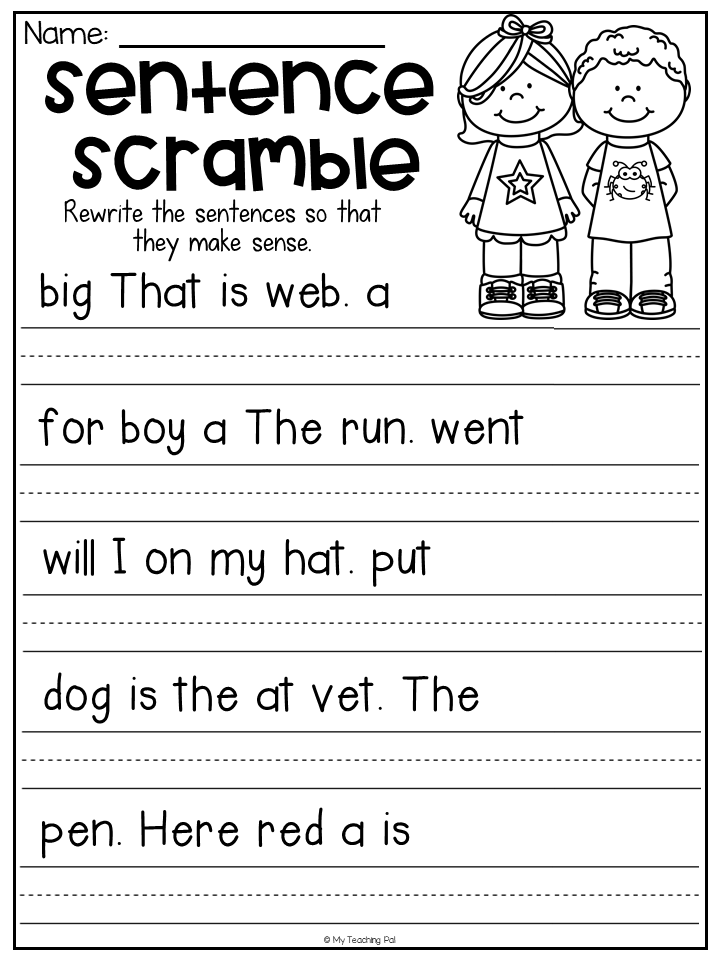
Simple sentences for kids are mostly short, but they can also be long. The length of the sentence isn’t the focus. What’s important is that the basic elements (subject and predicate) are always present.
When we communicate in our everyday lives, there’s usually a good mixture of both simple and more complex sentences without us even thinking about it. In order to help our kids reach this effortless communication stage, we need to help them understand the basics.
The good thing about the English language (and every other language, actually!) is that once you understand the basics, moving on to complicated structures is easier.
Simple Sentences For Kids To Act Out
One of the best ways for children to learn is through acting things out. If you have an active young child who enjoys moving around, why not use their energy to encourage some learning?
Here are some simple sentences for kids they will have fun acting out.
- He reads a book.
- The dog barks.

- The cat sits on the mat.
- I hop on one foot.
- The pig gobbles his food.
- The rooster crows.
With these sentences for kids, your child will have a blast while naturally learning what makes up a sentence!
Other Ways To Practice Sentences For Kids
1) Use Pictures
We recommend having your child use pictures to make up stories. You can even record the stories and listen to them for a little added fun!
If your child wants to write their ideas, too, that’s great! But don’t worry about standard spelling; much more important is the creative effort involved in thinking of a great story composed of interesting sentences of their own creation.
You can use pictures of animals, nature, sports, or even family photos. Then encourage your child to share whatever comes to their mind after having a look at these images.
During the first session, your child may need a few verbal prompts to help them get started. Simple questions like, “What’s happening in the picture?” or “What does this image remind you of?” can help to get their creativity flowing.
If you have multiple children, you can allow them to share what they came up with about the same image. As individuals, they will most likely think of different sentences, so this is a great opportunity to emphasize how everyone has unique ideas.
We encourage you to allow your children creative freedom here. The idea is to place an image in front of them and let them create anything they feel like creating.
2) Play Sentence Games
If you’ve been following our blog for a while, you’ll know one thing for sure — the HOMER team loves a good game! Games are not only fun, but they’re also great ways to help children remember fundamental learning concepts.
One of our favorite sentence games is Sentence Mix & Match.
What You’ll Need:
- Several index cards
- Markers to write with
What To Do:
- Write interesting subjects on half of the index cards (Ideally, these are things that your child likes. For example: dinosaurs, ice cream, different shapes, colors, etc.
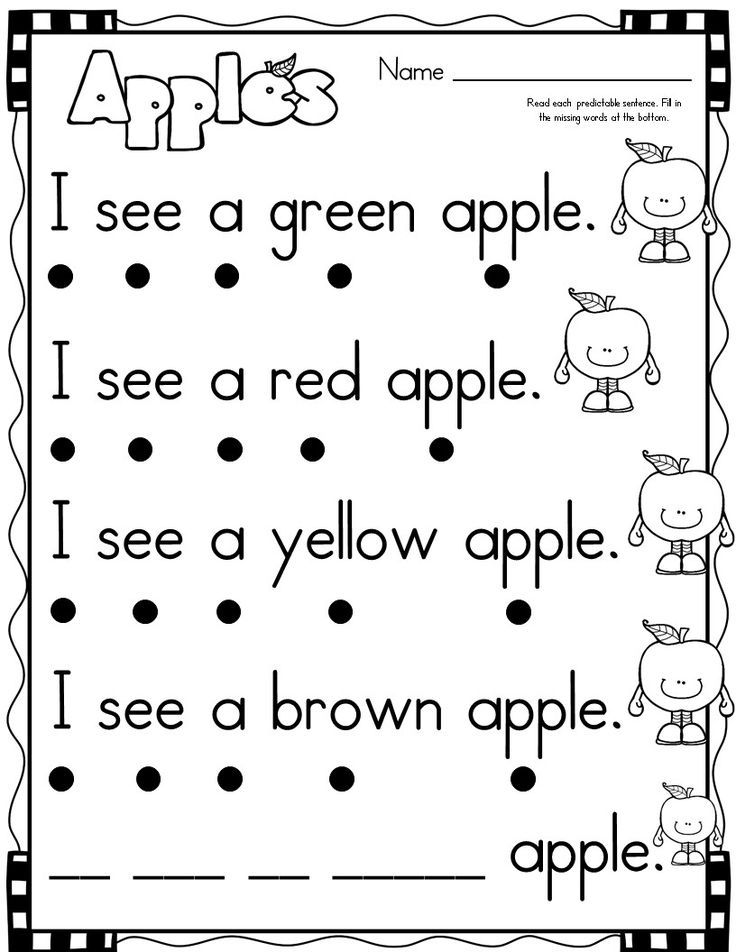 ).
). - On the other half, write predicates or sentence endings that make sense with your individual subjects.
- After writing, place the cards so that they make realistic sentences.
- Then, turn all the cards over and shuffle them. At this point, you want to ensure that you separate sentence beginnings and endings.
- After the shuffle, turn your cards over and discover what silly sentences you get.
- Remember to begin the subject cards with capital letters and sentence-endings cards with a period.
This is a fun activity to help children see that sentences are not always set in stone. They will also quickly learn that the meaning of a sentence can change when words get moved around.
3) Play With Types Of Sentences
Sentence Mix & Match is not the only way to help children learn sentences for kids while also having fun. Another activity we’re huge fans of is playing with types of sentences. Specifically — statements, questions, and exclamations.
To get started, pick any simple sentence that your child will already be familiar with (e.g., “I like playing outside.”).
Next, encourage your child to say this same sentence as a statement, a question, and then an exclamation.
Similar to Sentence Mix & Match, this game helps children understand that minor tweaks can change the meaning of a sentence.
Children will come across punctuation marks during reading time, but they may not always understand the significance of each. This game will help your child learn how periods, question marks, and exclamation points affect a sentence.
5) Make A Switch
The subject and predicate for each simple sentence have a specific function. For children to use these correctly, they will need to understand what their roles are.
When kids start speaking as babies and then toddlers, they often repeat words, phrases, or the simple sentences they’ve heard from you, your partner, siblings, or other people around them.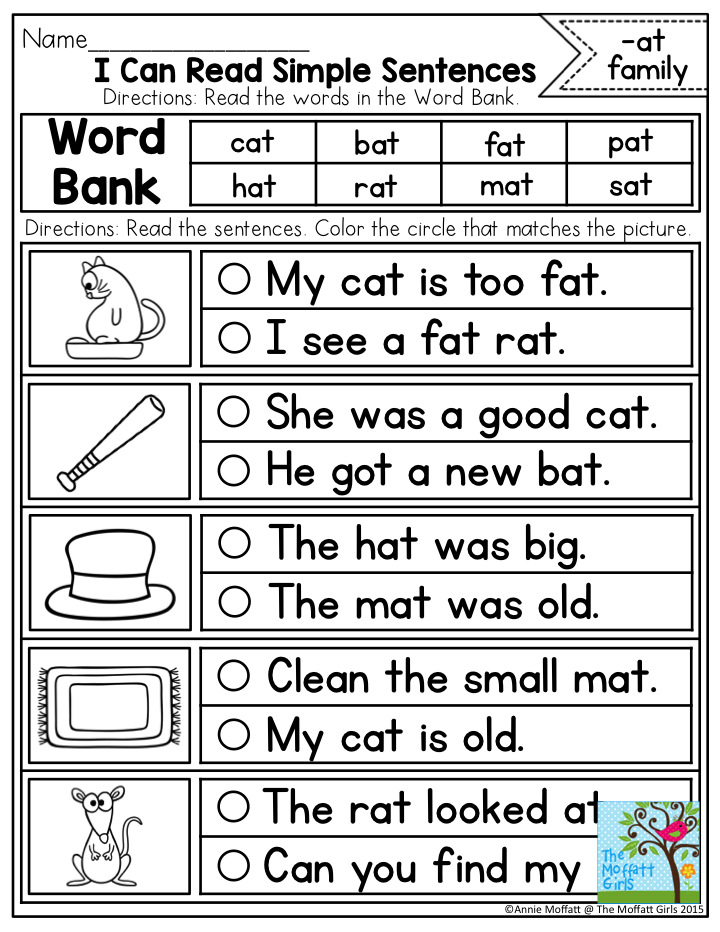
At this stage, they haven’t fully grasped the functions of subjects and predicates. If we want to help our children develop their own sentences, we will need to help them understand the roles of these sentence parts.
A creative game they (and you!) will enjoy involves switching the subjects and predicates of a sentence.
Start with a simple three-word sentence, like, “A cat played.” Then take turns changing either the subject or the predicate of the sentence.
This may look something like this:
- A cat jumped
- A dog jumped
- A dog growled
- A gerbil growled
- A gerbil scampered
Once your young learner is confident switching three-word sentences, move on to four words, five words, and so forth.
Through this fun activity, your child will start understanding the roles of predicates and subjects in sentences.
Simple Sentences For The Win!
A child’s language journey is pretty incredible. It often starts with lots of babbling and moves to single words. Soon, you get two-word combinations, and before you know it, you’re given a detailed account of what happened in class today.
Soon, you get two-word combinations, and before you know it, you’re given a detailed account of what happened in class today.
As you’re doing the activities we’ve mentioned, remember to allow your child creative freedom. We know that language has a lot of rules, but that doesn’t mean it can’t be fun! Encourage your young learner to be as imaginative as they want to be.
For instance, if they write or say, “The lion growls at the dinosaur,” let’s celebrate the correct sentence construction and, for a moment, imagine a world where lions and dinosaurs exist in the same age!
For more fun and effective learning activities, check out the HOMER Learn & Grow app.
Author
We read simple sentences. Glenn Doman's early development methodology. From 0 to 4 years
We read simple sentences. Glenn Doman's early development methodology. 0 to 4 yearsWikiReading
Glenn Doman's early development methodology.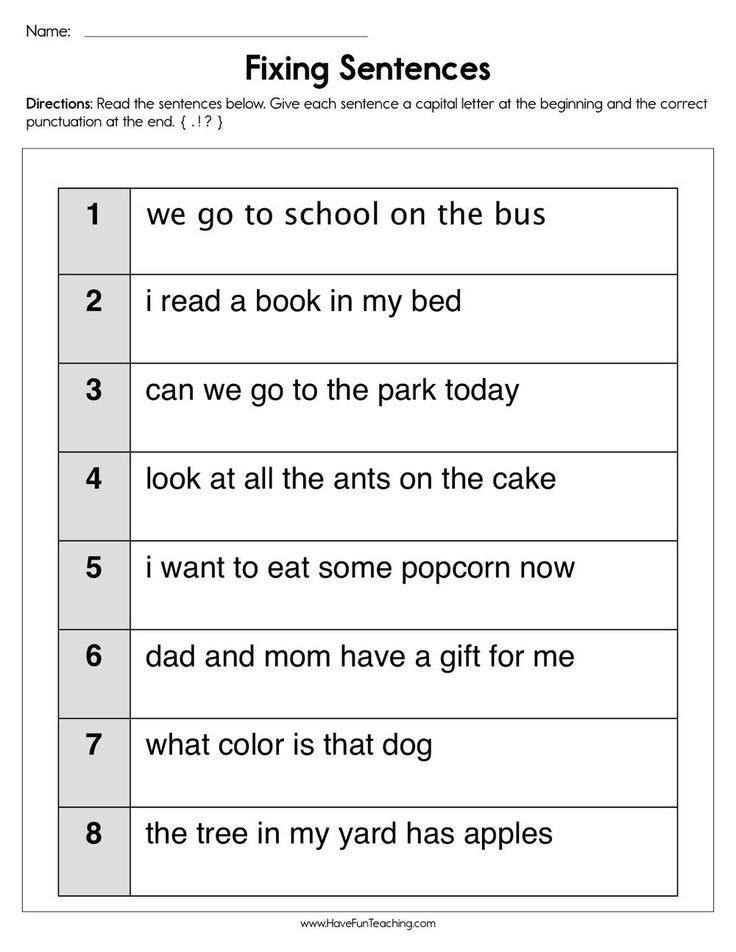 From 0 to 4 years
From 0 to 4 years
Straube E. A.
Contents
Reading simple sentences
Glen Doman offers two ways to teach a child to read simple sentences. nine0003
Method 1
Use your 10x45 cm cards to make a set of 5 sentences. You will have to reduce the font size to fit 2-3 words on the card. Therefore, the height of the letters should now be 5 cm instead of 7.5 cm.
Do not press the words against each other, let there be an empty white space between them so that they can easily “breathe”.
Show them to your child three times a day for no more than five days. Then start updating the set by removing 2 old sentences and inserting 2 new ones. Your child will learn them very quickly, so be ready to move on to new sentences without delay. nine0003
Method 2
Make a sentence book. This book will have 5 sentences and 1 illustration for each of them. Its size is 20x45 cm, the size of the red font is 5 cm.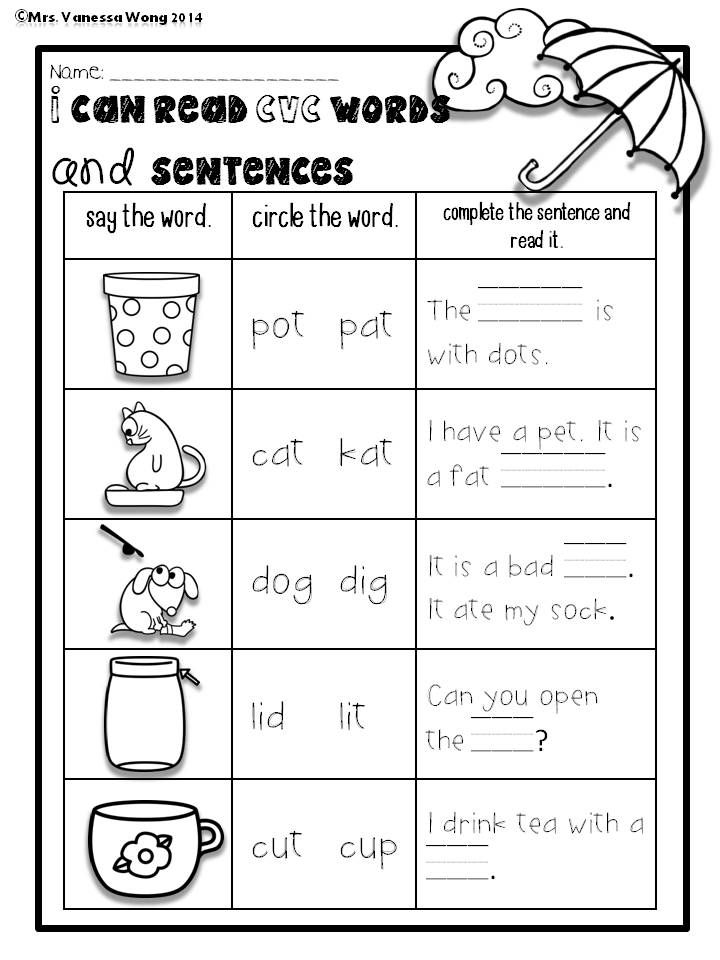
Start with the first ten pages, which you will read to your child two or three times a day. After a few days, make a new chapter based on the same vocabulary.
The book can be illustrated with photographs of the child himself when he performs this or that action. You will get an interesting diary of your child's life, for which all his photographs will be useful. As a rule, children are very fond of such albums and quickly learn the material illustrated by their own images. nine0003
This text is an introductory fragment.
Simple tasks
Simple Tasks Money example. Problem: The girl constantly begs for money for clothes, expensive toys and entertainment. A lot of money is spent on this uncontrollably, and there is no end to conflicts. Objective: To stop endless disputes on this topic.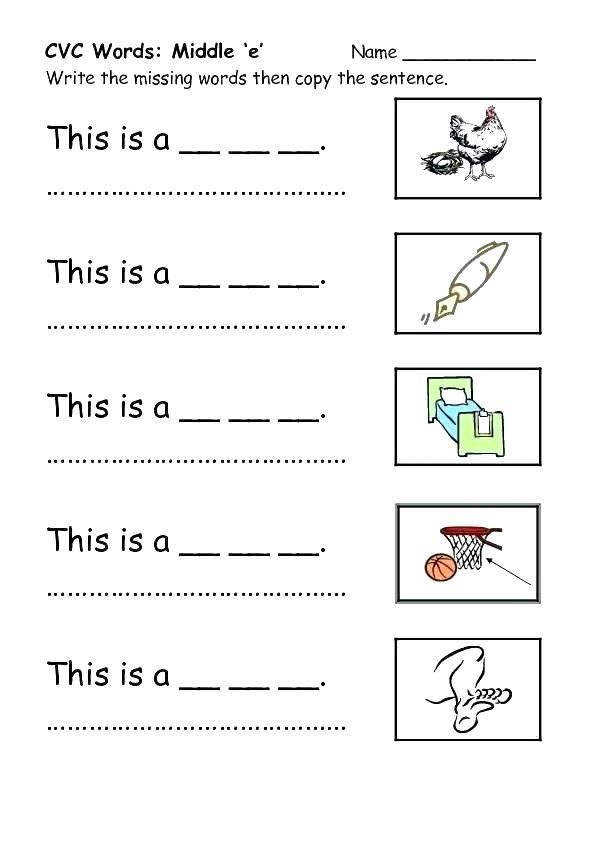 Or: Make her spend
Or: Make her spend
Part III The Simple Secrets of Effective Youth Work
Part III Simple secrets of effective youth work "Walking alone" instead of "Walking together" In 2003, almost ten years have passed since I first met Khodorkovsky. Lyceum "Podmoskovny" stood confidently on its feet; based on several regional universities,
Step 3 Spell
Stage 3 We spell For the Journey of Words game, improve the train from the previous exercise - attach another trailer with a pocket to it. On the cards, write no longer letters, but syllables (after all, the baby already reads them confidently). Then the game is repeated, but visit
Stage 4 Reading offers
Stage 4 Reading offers For the game "Make a phrase" write on the cards the words in different grammatical forms.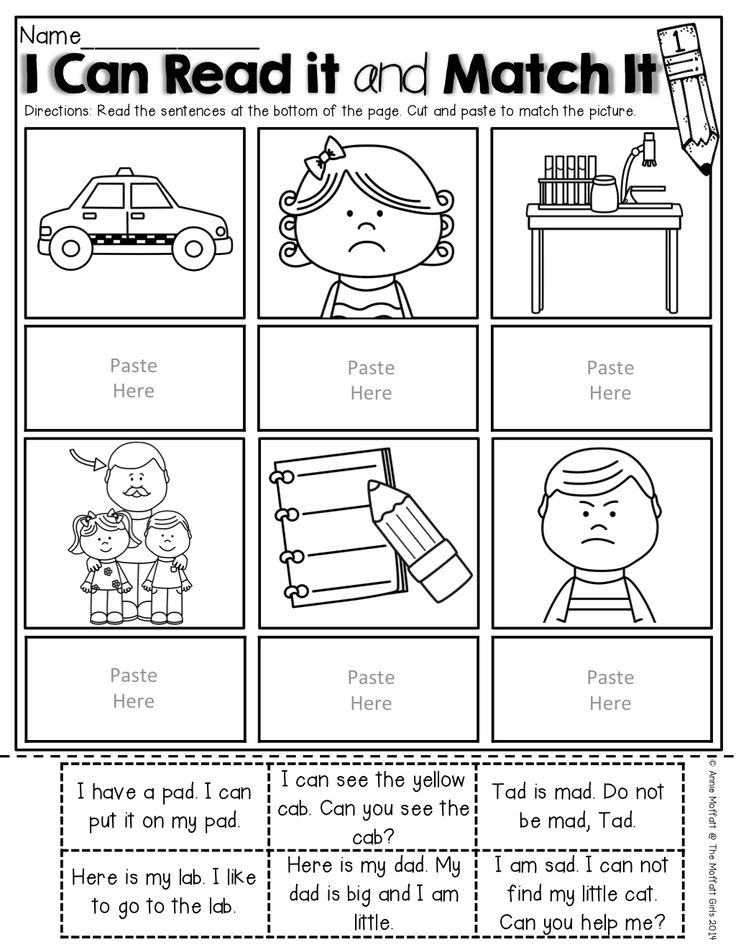 Invite the child to choose the right words and put them next to each other. For example: NEW DRESS IT'S TIME NEW YEAR CAME CHILDREN NEW TOY COME
Invite the child to choose the right words and put them next to each other. For example: NEW DRESS IT'S TIME NEW YEAR CAME CHILDREN NEW TOY COME
Exercise 5 Reading
Exercise 5 Reading Along with writing comes reading. A child who makes up words from movable type on his own is already beginning to read. From words, as in writing, they move on to phrases, and from cursive to
.Exercise 15 Reading Tolstoy
Exercise 15 Reading Tolstoy We make homemade books: a picture remains on one page, and on the other we put a sentence taken from the texts of Leo Tolstoy's ABC. The child reads a sentence in a book and looks at the picture, comparing
Stage 4 Reading simple sentences
Stage 4 Reading simple sentences Having mastered phrases, the child will easily move on to simple sentences.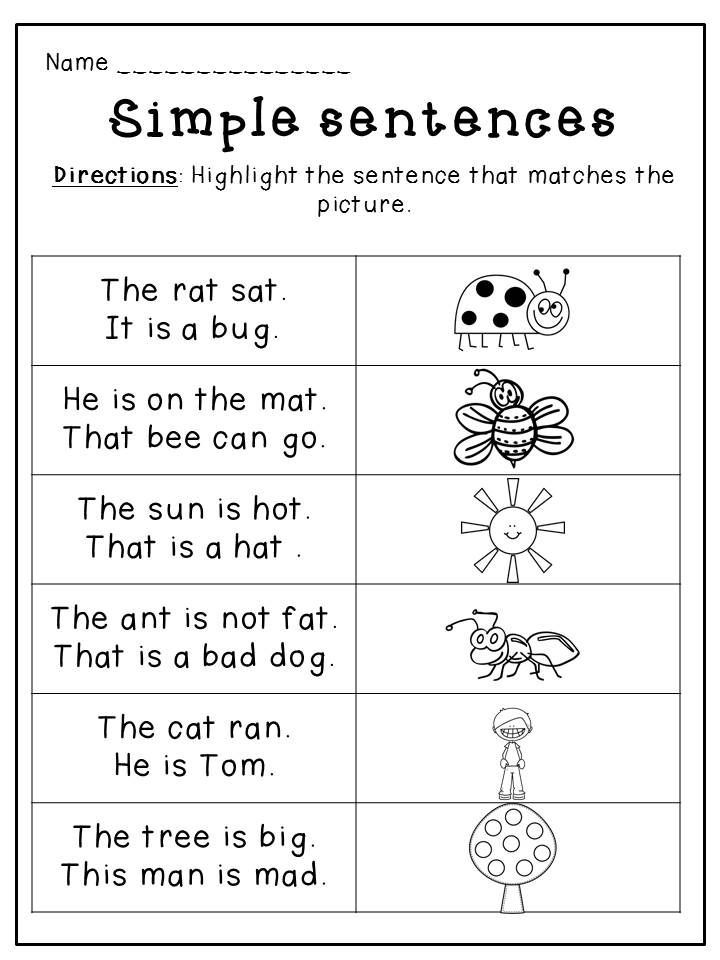 By this time, he probably knows how to read at least 70-100 words. From them you can easily compose simple phrases. For example: MOTHER IS GOING, THE CAT IS SLEEPING, MASHA RUNS. There are two
By this time, he probably knows how to read at least 70-100 words. From them you can easily compose simple phrases. For example: MOTHER IS GOING, THE CAT IS SLEEPING, MASHA RUNS. There are two
Reading in a foreign language
nine0002 Reading in a foreign language Try to have books in the child's library in the foreign language that you are studying with your child. Initially, these may just be picture books, because young children are not so much read books as they are looking atReading common sentences
Reading common offers By this stage, your child is already able to read complete sentences that express a complete thought. At this stage, it is necessary to increase the number of words in a sentence. If before that you chose from 5 nouns and 5 verbs one by one
Chapter 6 Honored? Shall we play? Easy Ways to Solve Complex Problems
Chapter 6 Do we honor? Shall we play? Simple ways to solve complex problems How fairy tales help to cope with children's lies Many parents will be skeptical about the idea of fighting children's lies with the help of some fairy tales and stories.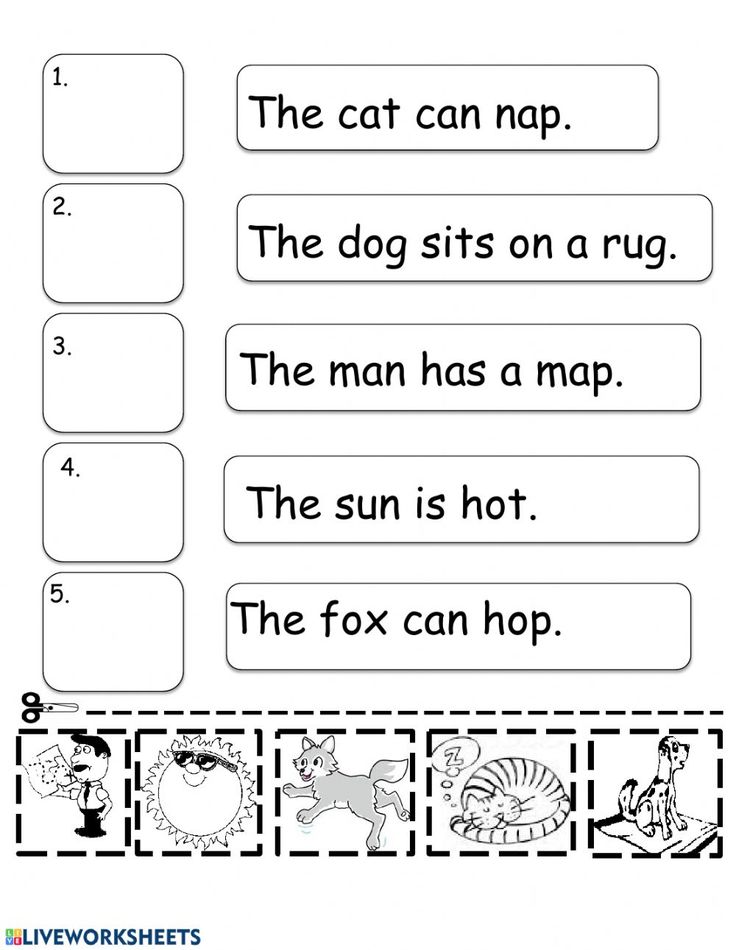 I have heard the opinion more than once that “you just don’t need
I have heard the opinion more than once that “you just don’t need
Your sentences do not fit his type
Your offers don't suit his type We have already talked about the types of our eaters, so think about it, maybe you are offering your baby something that is completely incompatible with his type. If you want your butt to swallow lunch because you're late for something,
Easy and quick ways to cheer up
Simple and quick ways to cheer up • Play windmill. Show your child how to rotate their arms and legs to stimulate blood circulation and feel a surge of energy. • Try to sing a fun song or
18. Reading the face
18. We read in the face Age: 4-12 months Difficulty level: Intermediate Field of study: Emotional developmentExperiment You will perform the following series of tests twice: with a four-month-old baby and shortly before or shortly after he celebrates his first day
First offers
First offers The child's first sentences and sentences are reminiscent of a mean telegram or today's newspaper headlines - only nouns or only nouns and action verbs, such as "Bye, bibika.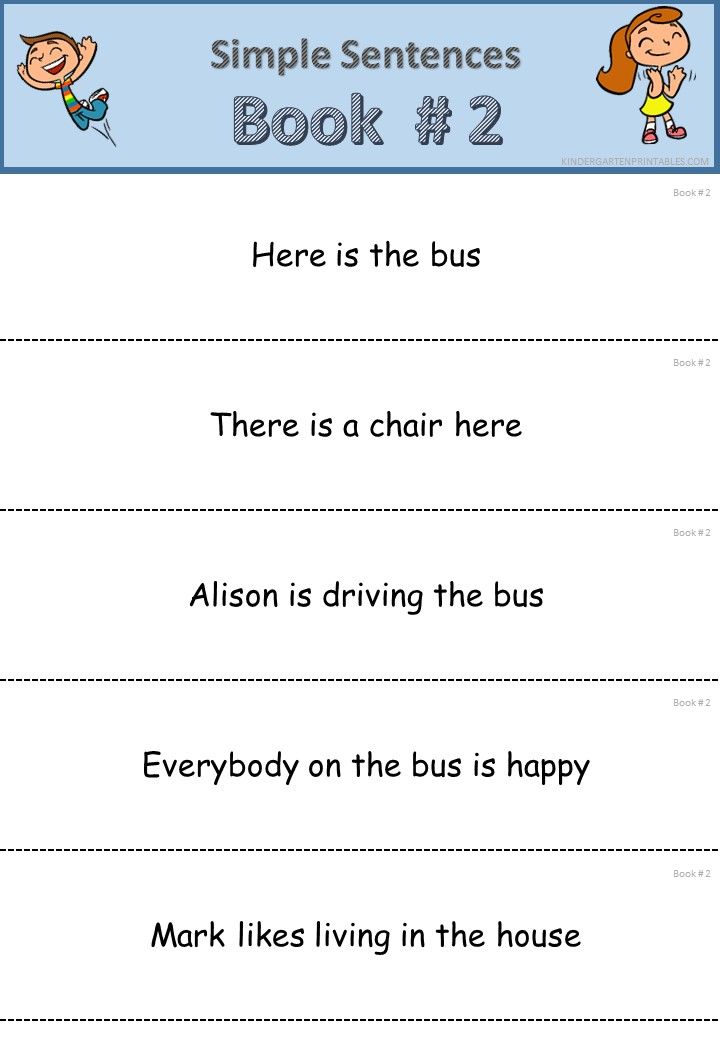 " “Bye” is associated in the child with leaving the house
" “Bye” is associated in the child with leaving the house
20 reading texts for children aged 5-6-7-8
A child who has learned to put sounds into syllables, syllables into words, and words into sentences needs to improve his reading skills through systematic training. But reading is a rather laborious and monotonous activity, and many children lose interest in it. Therefore, we offer texts of small size , the words in them are divided into syllables. nine0003
First read the work to the child yourself, and if it is long, you can read its beginning. This will interest the child. Then invite him to read the text. After each work, questions are given that help the child to understand what they have read and comprehend the basic information that they have learned from the text. After discussing the text, suggest reading it again.
Mo-lo-dets Vo-va
Ma-ma and Vo-va gu-la-li.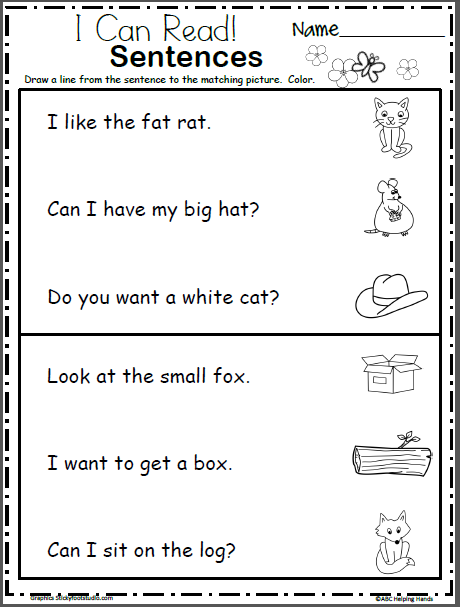
In-va ran and fell. nine0005 Pa-lit no-ha, but Vo-va does not cry.
Wow!
B. Korsunskaya
Answer questions .
1. What happened to Vova?
2. What made him sick?
3. Why is Vova doing well?
Clever Bo-beak
Co-nya and co-ba-ka Bo-beak gu-la-li.
So-nya played-ra-la with a doll.
That's why So-nya in-be-zha-la to-my, and the doll for-would-la.
Bo-bik found a doll-lu and brought it to So-ne.
B. Korsunskaya
Answer questions.
1. Who did Sonya walk with?
2. Where did Sonya leave the doll?
3. Who brought the doll home?
The bird made a nest on a bush. De-ti our nest-up and took off on the ground.
- Look, Vasya, three birds!
In the morning, de-ti came, and the nest-before it was empty. It would be a pity.
L. Tolstoy
Answer the questions.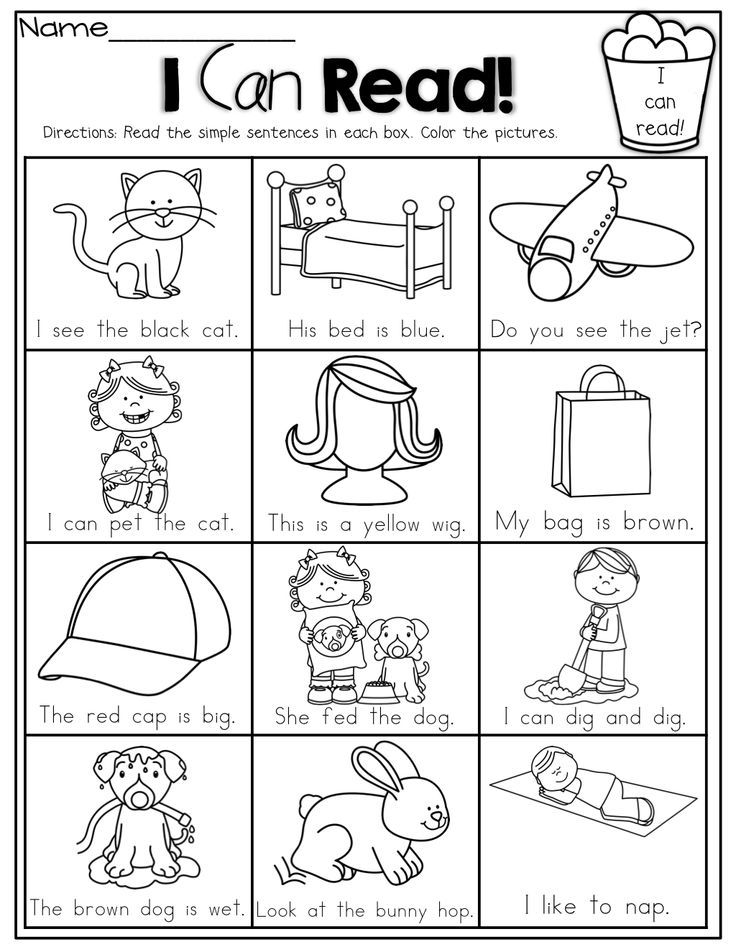
1. What did the children do with the nest?
2. Why was the nest empty in the morning? nine0005 3. Did the children do well? How would you do?
4. Do you think this work is a fairy tale, a story or a poem?
Pete and Mi-shi had a horse. They began to argue: whose horse. Did they tear each other apart.
- Give me - my horse.
- No, you give me - the horse is not yours, but mine.
Mother came, took a horse, and became nobody's horse.
L. Tolstoy
Answer the questions.
1. Why did Petya and Misha quarrel? nine0005 2. What did mother do?
3. Did the children play horse well? Why do you think so
?
9DOWNLOAD HERE.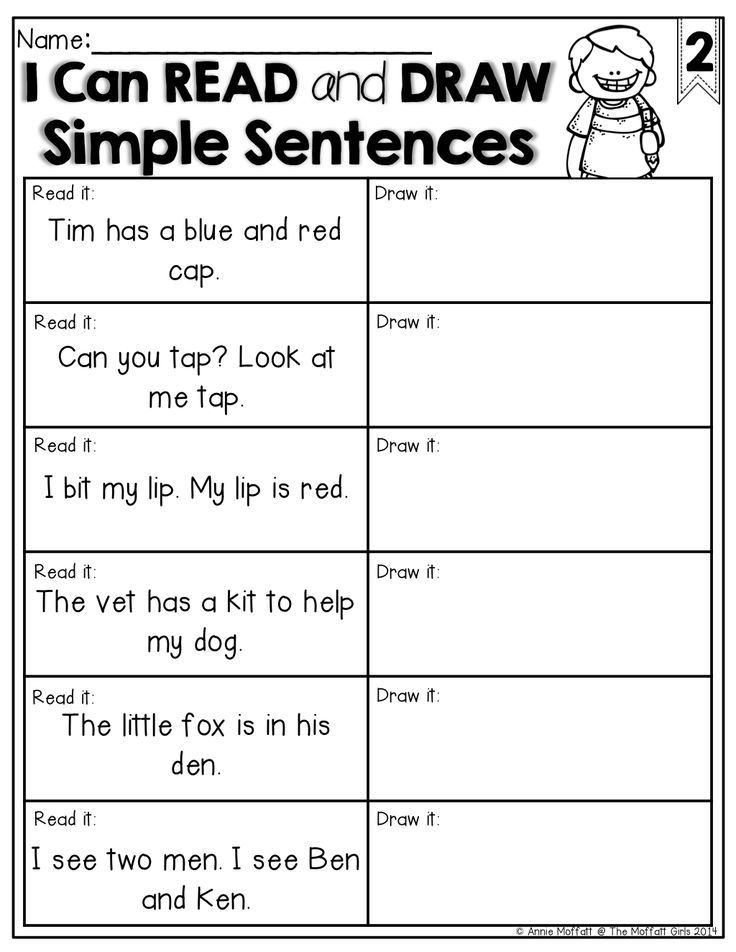
It will be interesting for children to read selected texts, they affect the emotional world of the child, develop his moral feelings and imagination . Children will get acquainted with the works of L. Tolstoy, K. Ushinsky, A. Barto, S. Mikhalkov, E. Blaginina, V. Bianchi, E. Charushin, A. Usachyov, E. Uspensky, G. Snegirev, G. Oster, R. Rozhdestvensky, as well as fairy tales of different peoples. nine0003
It is advisable to show children the genre features of poems, stories and fairy tales using the example of these works.
Fairy tale is a genre of oral fiction containing events unusual in the everyday sense (fantastic, wonderful or worldly) and distinguished by a special compositional and stylistic construction. In fairy tales there are fairy-tale characters, talking animals, unprecedented miracles happen.
Poem is a small poetic work in verse. The verses are read smoothly and musically, they have rhythm, meter and rhyme.